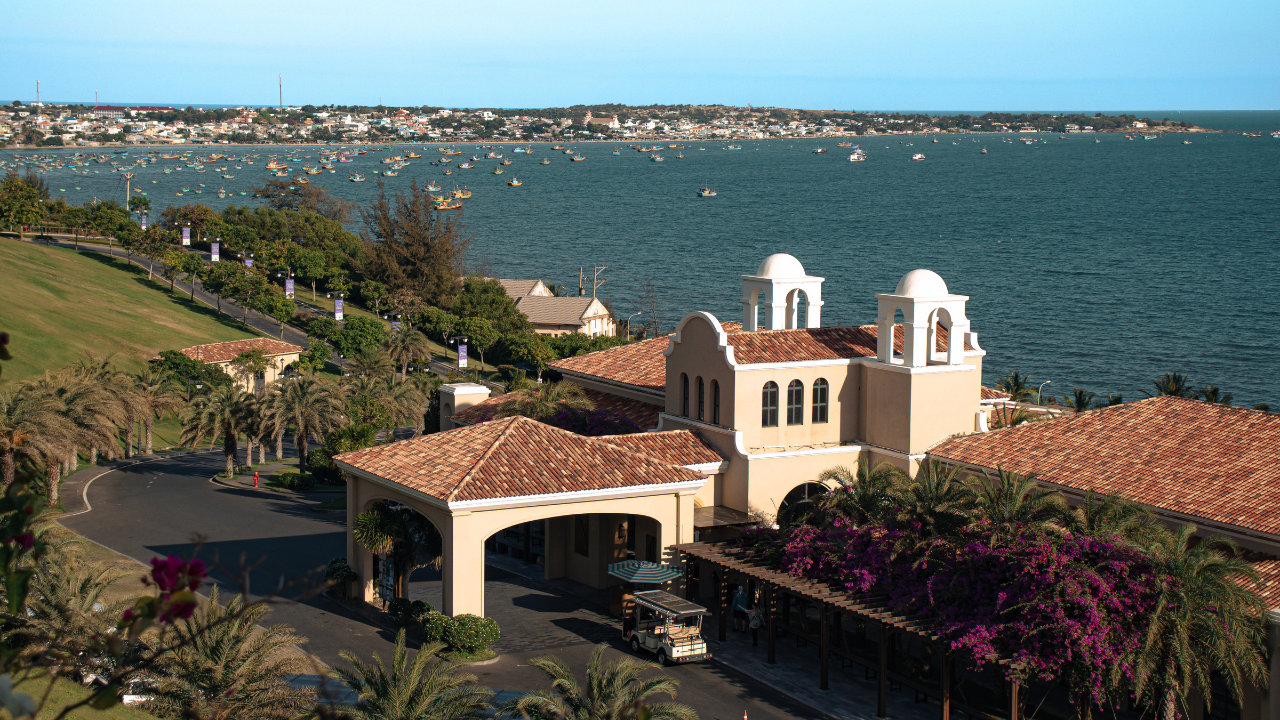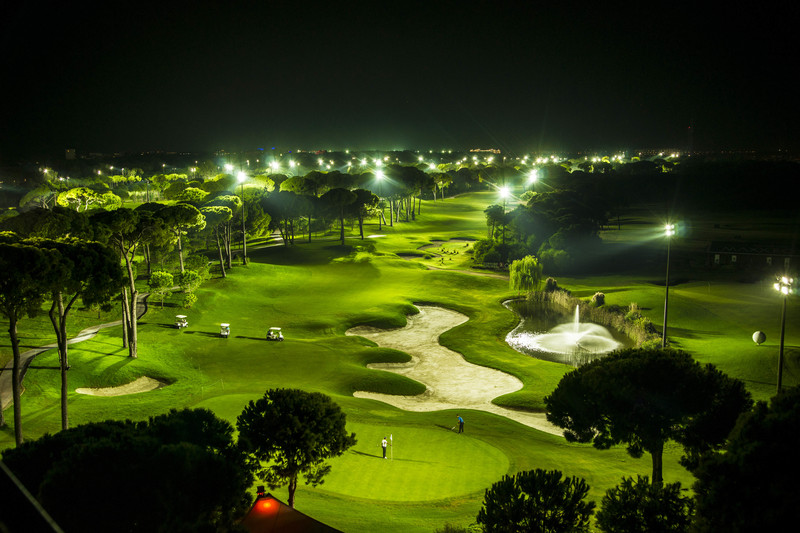Necessary information
When is the best time to visit Viet Nam?
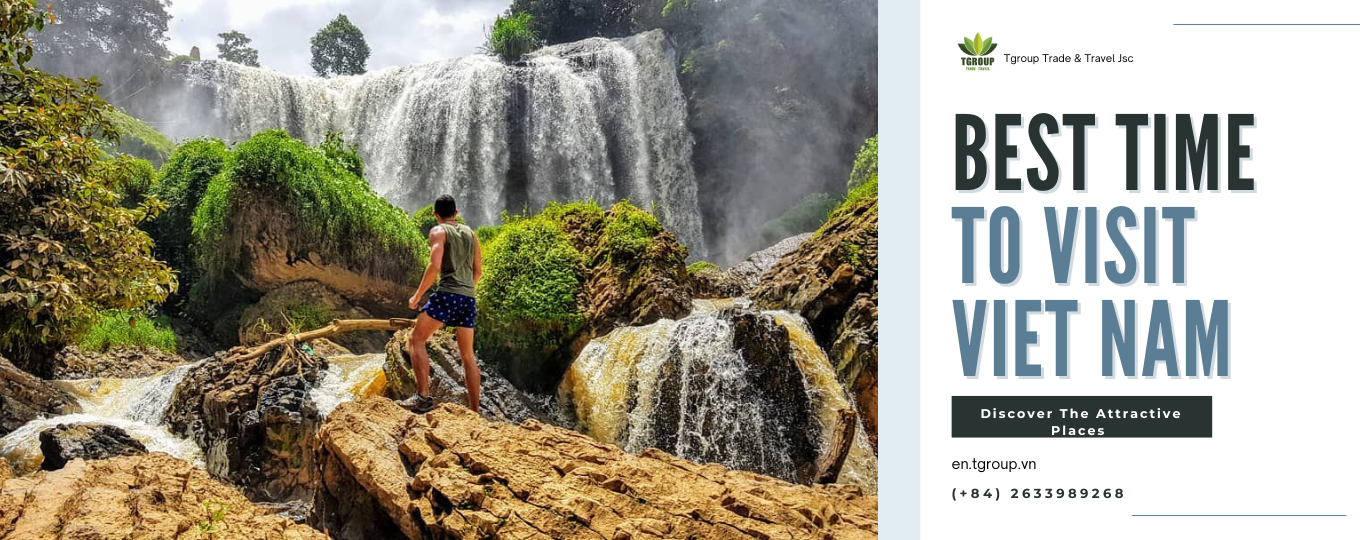
Vietnam, with its diverse landscapes, rich culture, and mouthwatering cuisine, is a captivating destination that attracts travelers year-round. However, choosing the right time to visit can significantly enhance your experience. From the bustling streets of Hanoi to the serene beauty of Ha Long Bay and the vibrant Mekong Delta, each region of Vietnam has its own unique charm. In this article, we will guide you through the best times to travel to Vietnam based on its distinct seasons.
1. Spring (February to April)
Spring is a delightful time to explore Vietnam, as the weather is mild and comfortable. The temperatures are generally moderate, making it ideal for sightseeing and outdoor activities. Cherry blossoms bloom in the northern regions, creating a picturesque landscape. This season is particularly favorable for visiting Hanoi, Sapa, and Ha Long Bay.
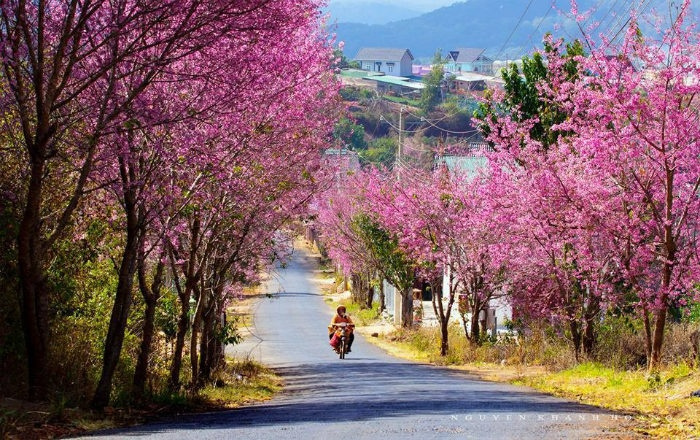
Sapa, Viet Nam (Source: Internet)
Mild and Comfortable Weather:
Spring brings mild temperatures, making it a pleasant time for outdoor activities and sightseeing. The weather is generally comfortable, with cooler temperatures in the north and warmer temperatures in the central and southern regions.
Ideal for Sightseeing:
The mild weather creates optimal conditions for exploring Vietnam's diverse landscapes. Whether you're wandering through the bustling streets of Hanoi, trekking in the terraced rice fields of Sapa, or cruising through the stunning limestone karsts of Ha Long Bay, spring provides comfortable temperatures for these adventures.
Cherry Blossom Blooms:
One of the highlights of spring in northern Vietnam is the blooming of cherry blossoms. The trees burst into beautiful shades of pink and white, creating a breathtaking and picturesque landscape. The blossoms typically appear in March, attracting visitors seeking to capture the beauty of this natural spectacle.
Favorable for Outdoor Activities:
With the mild weather, spring is an excellent time for outdoor enthusiasts. Whether it's hiking in the mountainous regions, exploring ancient temples, or enjoying water activities along the coast, the conditions are perfect for a variety of experiences.
Festivals and Events:
Spring is a season of vibrant festivals and events in Vietnam. From local celebrations to national holidays, you may have the opportunity to immerse yourself in the rich cultural traditions of the country, especially the Vietnamese New Year takes place in the middle of February which is the most important festival in Vietnam. The streets are filled with colorful decorations and festivities.
In summary, spring in Vietnam offers a perfect blend of mild weather, blooming landscapes, and cultural vibrancy. Whether you're drawn to the bustling cities, the serene mountains, or the coastal beauty, this season provides an ideal backdrop for a memorable travel experience.
2. Summer (May to August)
Summer brings warmer temperatures and occasional rain, especially in the central and southern parts of Vietnam. While the north experiences a more stable climate, the south may encounter short but intense rain showers. Despite the occasional rain, summer is an excellent time to explore the beaches, such as Phu Quoc and Nha Trang. The lush greenery during this season adds to the country's natural beauty.
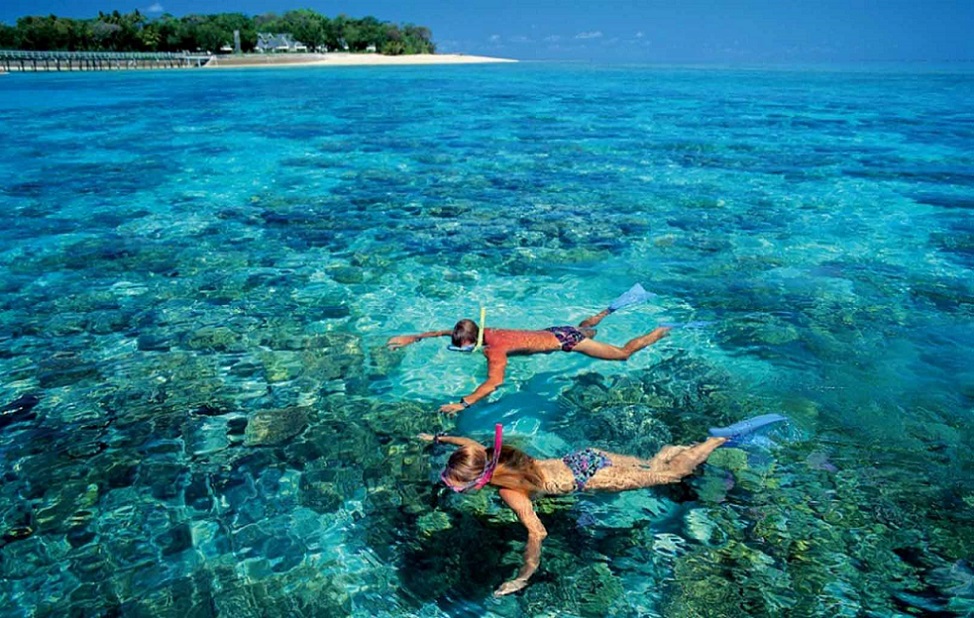
Phu Quoc, Viet Nam (Source: Internet)
Occasional Rain Showers:
The central and southern parts of Vietnam may experience occasional rain showers during the summer months. While these showers are usually short-lived, they can be intense. It's advisable to carry a light rain jacket or umbrella, especially if you plan to explore outdoor attractions.
Ideal Beach Time:
Despite the occasional rain, summer is an excellent time to explore Vietnam's beautiful beaches. Places like Phu Quoc and Nha Trang boast stunning coastal landscapes, and the warmer temperatures make them perfect for sunbathing, swimming, and water activities. The sea is generally calm and inviting during this season.
Mekong Delta Exploration:
Summer is an excellent time to explore the Mekong Delta. The delta is lush and teeming with life during this season. Take a boat tour to experience the vibrant floating markets, lush orchards, and traditional villages that dot the waterways.
Local Cuisine:
Summer offers a chance to indulge in refreshing local cuisine. Try Vietnamese summer specialties like "goi cuon" (spring rolls), fresh seafood, and tropical fruits. Street food stalls come alive during the evenings, offering a diverse array of culinary delights.
In summary, while summer brings warmer temperatures and occasional rain, it also presents the opportunity to enjoy Vietnam's beautiful beaches, lush landscapes, and cultural richness. With the right preparations, you can make the most of your summer adventure in this diverse and captivating country.
3. Autumn (September to November)
Autumn is considered one of the best times to visit Vietnam. The weather is cool, and the skies are clear, creating perfect conditions for travel. This season is ideal for exploring Hanoi, Hue, and Hoi An. The rice terraces in the northern mountains turn golden, providing a stunning backdrop for your adventures. Autumn is also the season of traditional festivals, offering a unique cultural experience.
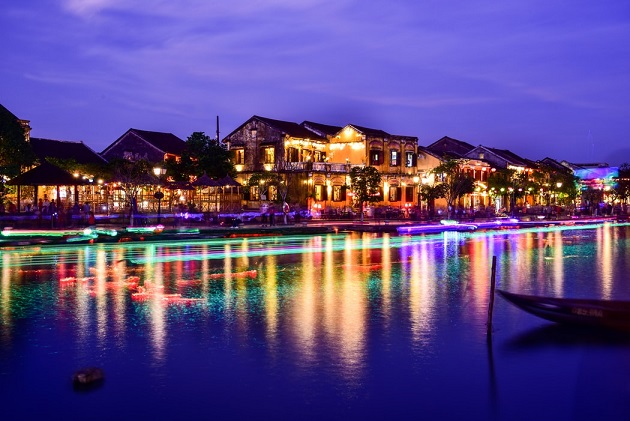
Hoi An, Viet Nam (Source: Internet)
Autumn in Vietnam brings a unique and enchanting atmosphere, making it one of the most favorable seasons for travelers. Here's why exploring Vietnam from September to November is a fantastic choice:
Cool and Clear Weather:
Autumn brings cooler temperatures across Vietnam, making it an ideal time for outdoor activities and exploration. The weather is comfortable, with clear skies and a pleasant breeze, creating perfect conditions for travel and sightseeing.
Ideal for City Exploration:
Cities like Hanoi, Hue, and Hoi An are particularly delightful during autumn. The cooler temperatures make it more enjoyable to explore the historical sites, ancient temples, and vibrant markets in these culturally rich cities. The atmospheric conditions enhance the overall travel experience.
Golden Rice Terraces:
One of the highlights of autumn in northern Vietnam is the transformation of the rice terraces. As the rice paddies turn golden, the landscape becomes a breathtaking mosaic of colors. Regions like Sapa and Mu Cang Chai are renowned for their stunning terraced fields, providing a picturesque backdrop for your adventures.
Cultural Festivals:
Autumn is a season of traditional festivals in Vietnam. Participating in these events offers a unique cultural experience, allowing you to witness local traditions and customs. From the Mid-Autumn Festival with its colorful lanterns to regional celebrations, you'll have the opportunity to immerse yourself in Vietnam's rich cultural tapestry.
Comfortable Outdoor Activities:
Whether you're trekking in the northern mountains, cycling through the countryside, or cruising along the Mekong Delta, the cool and dry weather of autumn provides comfortable conditions for a variety of outdoor activities.
Photography Opportunities:
The golden hues of the rice terraces, combined with the clear skies and vibrant cultural celebrations, create excellent opportunities for photography. Autumn offers a visually stunning backdrop for capturing the essence of Vietnam.
Less Crowded Attractions:
Compared to the peak tourist season, autumn sees fewer crowds at popular attractions. This allows for a more relaxed and immersive travel experience, with the chance to enjoy the beauty of Vietnam without the hustle and bustle.
Harvest Season:
Autumn marks the harvest season in various parts of the country. You may have the chance to witness and even participate in traditional harvesting activities, gaining insight into the agricultural practices that are integral to Vietnamese life.
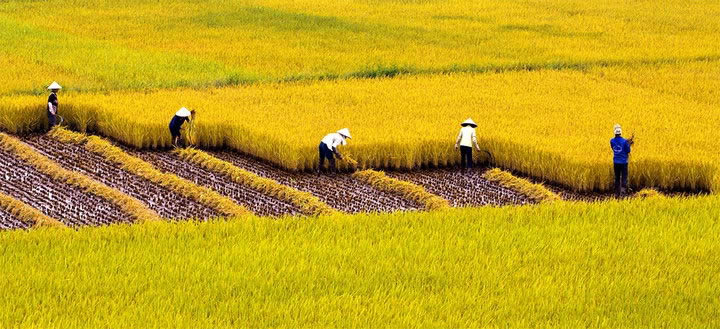
Harvesting activities (Source: Internet)
In conclusion, autumn in Vietnam offers a perfect combination of cool weather, clear skies, cultural festivities, and stunning landscapes. Whether you're exploring vibrant cities or venturing into the countryside, this season provides an ideal setting for a memorable and immersive travel experience.
4. Winter (December to January)
Winter in Vietnam is relatively mild, with cooler temperatures in the north. While the central and southern regions remain pleasant, the north experiences occasional light rain. This season is perfect for exploring the Central highlands like Da Lat, Kontum,....the southern beaches like Phan Thiet, Vung Tau,...Exploring Vietnam during the winter months, from December to January, offers a unique and delightful experience. Here are some reasons why this season can be perfect for travelers:
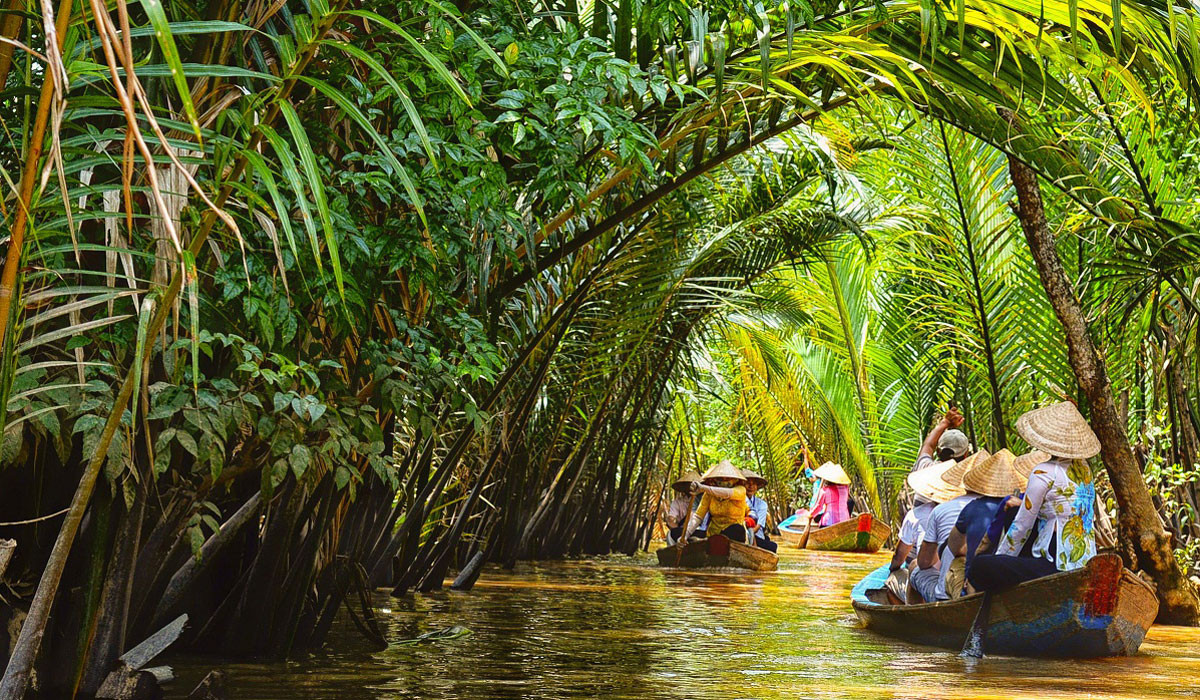
Da Lat, Viet Nam (Source: Internet)
Mild Winter Climate:
Winter in Vietnam is characterized by mild temperatures, making it a comfortable time to explore various regions. While the north experiences cooler weather, the central and southern parts of the country remain pleasant, creating a diverse range of climates for travelers to choose from.
Southern Beaches and Mekong Delta:
The southern regions, including Ho Chi Minh City, the Mekong Delta, and the southern beaches, are particularly inviting during winter. With temperatures remaining mild, it's an excellent time for beach activities, exploring the delta's waterways, and experiencing the vibrant culture of southern Vietnam.
Dalat Flower Festival:
The Dalat Flower Festival is a significant and highly anticipated event that typically takes place in December. The festival celebrates the beauty of flowers and showcases the region's rich horticultural industry. Visitors can enjoy elaborate flower displays, parades, and various cultural performances. The festival often attracts tourists and flower enthusiasts from around the world.
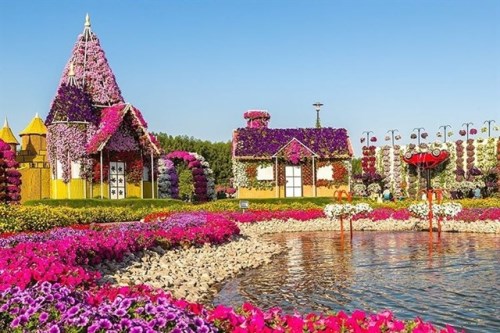
Da lat flower festival (Source: Internet)
Local Cuisine:
Winter is an excellent time to indulge in Vietnamese comfort food. Warm and hearty dishes such as "pho" (noodle soup) and various hot pot varieties become popular during the cooler months. The culinary scene in Vietnam is diverse, and winter offers a chance to savor delicious seasonal specialties.
Fewer Tourists:
Winter is considered the low tourist season in Vietnam, especially in the northern regions. This means fewer crowds at popular attractions, allowing for a more relaxed and intimate travel experience.
Light Rain in the North:
While the north experiences occasional light rain, it doesn't typically disrupt travel plans. In fact, the rain adds a touch of freshness to the landscape and enhances the natural beauty of the northern regions.
In conclusion, winter in Vietnam offers a wonderful blend of mild weather, festive celebrations, and diverse travel experiences. Whether you're exploring the dynamic southern regions or immersing yourself in the cultural richness of Hanoi, this season provides a unique and memorable journey for winter travelers.
Choosing the best time to travel to Vietnam depends on your preferences and the experiences you seek. Whether you prefer the blooming landscapes of spring, the warm beaches of summer, the clear skies of autumn, or the mild winters, Vietnam offers something for every traveler throughout the year. Keep in mind the regional variations in climate and plan your itinerary accordingly to make the most of your visit to this enchanting Southeast Asian gem.
Necessary information




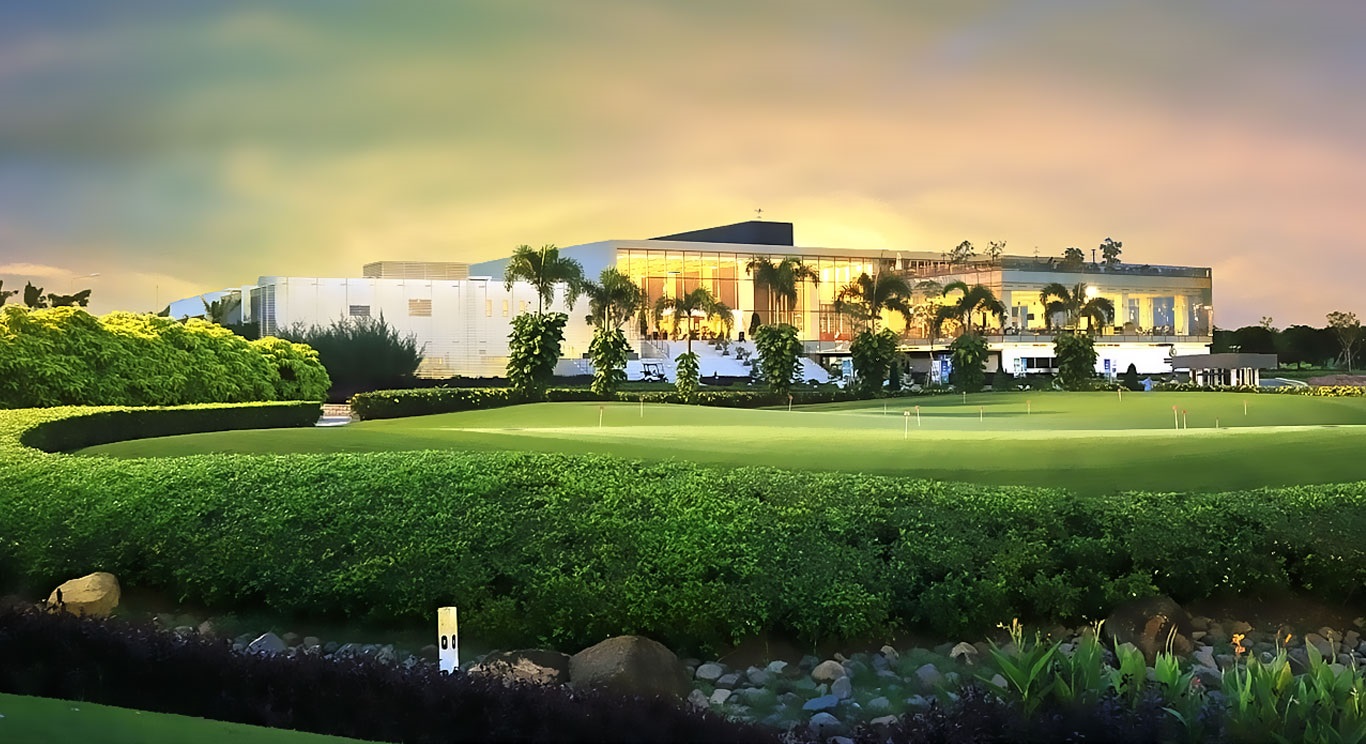

.png)
